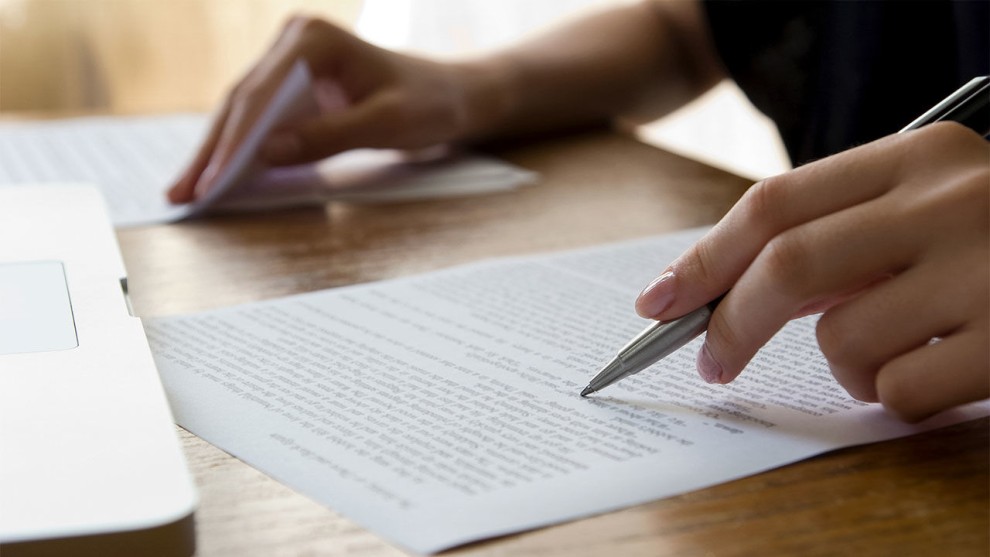The world remains gifted with many inventors every passing moment with the possibility of new concepts of driving the world. In most instances, the scientists tasked with the responsibilities of making the world a better place through their work always require to put down their work in the paper.
Nonetheless, literature provides the best solution for ensuring that workflows systematically and whether its scientific work or writings by various scholars were referring to the work of other people.
In the past, writers used to assume that referencing involved a few simple actions such as the mentioning of someone in their work although this brought much chaos to literature. The need for a universal system of reference led to the need for a literature review writer who would provide better styles of referencing written work.
The following concepts highlight the real signs of work that has proper referencing and would be acceptable for use by other scholarly individuals.
1. Citations
The term citation remains common within written work where it serves the purpose of providing meaning for working that that does not belong to the writer. Quote in-depth refers to the mentioning of the work of a different author within the work of the real author to avoid censoring of one’s work. The repercussions of including another writer work without mentioning they are the owners of the work involve legal actions and worse off the disregard for a writer’s work.
2. Originality
Originality remains a big menace that acquires attention from all the borders of the world in the event an individual decides to use one’s work without permission. Plagiarism serves as the opposite of originality where a confident writer passes on the work of another person as their own without mentioning the owner.
The inclusion of creativity within one’s work would provide the best ground for both one’s work and other people to attain recognition in the face of the world while avoiding legal cases of plagiarism.
3. MLA (Modern Language Association) Referencing
The MLA referencing style serves the needs of the whole population by creating a standard method of documentation that meets the requirements of any possible written work with sources from other authors. The MLA literature review has a universal set of rules including the order of citation elements.
The author’s name begins followed by the title of the source and container, the versions, number, the publisher with the date and the location, for APA (American Psychological Association).
4. Referencing
The APA referencing style serves the needs of individuals handling the arts, science fields and psychological studies just as the MLA style. The APA lit review serves the purpose of enabling readers and writer to relate to one format of writing a presentation. The form followed by the APA referencing involve citation of direct quotes.
5. Literature Review
Literature review refers to the parts of a scholarly text that highlights the contribution of various scientific work to a particular written book. The analysis of literature occurs as a section of itself on the academic writing of individuals to reference the secondary work of other people that may guide the paper.
The absence of a literature review on academic journals prompts the misconception within examiners that the students had the probable chance of assuming concepts and ideologies that get inclusion in the written academic papers.
Conclusion
The whole reason for establishing a scientific reference system remains mainly to appreciate the work done by other people through your work. However, there exist far worse results from using other people work without their permission or recognition.



